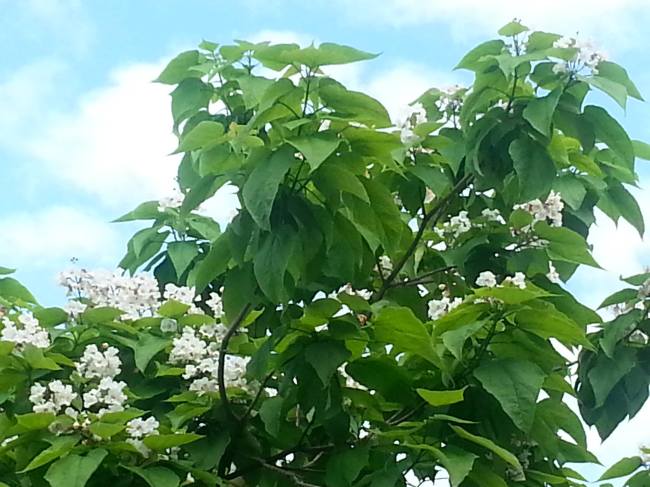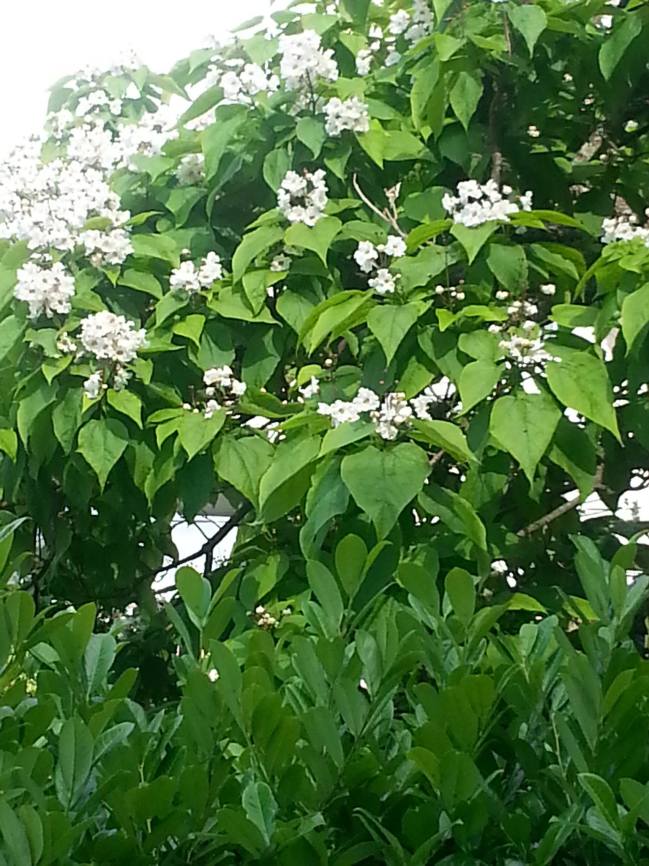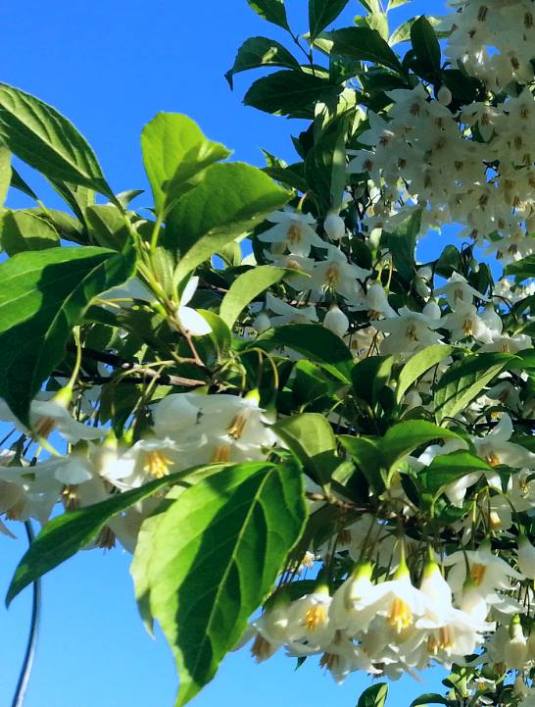Culture
Easily grown in average, medium to wet, well-drained soils in full sun to part shade. Tolerant of a wide range of soil conditions including both wet and dry soils. Tolerant of seasonal flooding. Prefers moist fertile loams.
Noteworthy Characteristics
Northern catalpa is a medium to large, deciduous tree that typically grows to 40-70’ (less frequently to 100’) tall with an irregular, open-rounded to narrow-oval crown. It is native to a relatively small area extending from western Tennessee, northeastern Arkansas and the lowlands of southeastern Missouri north to southern Illinois and southern Indiana. In Missouri, it typically occurs along streams, bluff bases and in both low and upland woods (Steyermark). Broad ovate to ovate-oblong leaves (to 12” long) are pointed at the tips and rounded to cordate at the bases. Leaves are light green to yellow green above and densely pubescent below. Foliage turns an undistinguished yellow in fall. Flowers can be a real showstopper, however. Bell-shaped, orchid-like white flowers (to 2” long) with purple and yellow inner spotting appear in panicles in late spring (late May to early June in St. Louis). Flowers give way to long slender green seedpods (12-22” long). The seedpods mature in fall to dark brown and then split open lengthwise to release the seeds within. Seedpods give rise to the common name of cigar tree, although they actually are longer and thinner than most cigars. Abundant pods are produced every 2 to 3 years. Bark of mature trees is fissured, prominently ridged and pale gray-brown. The leaves of this species do not emit an unpleasant aroma when bruised as is the case with the similar southern catalpa (Catalpa bignonioides).
Problems
No serious insect or disease problems. Susceptible to verticillium wilt, leaf spots, mildew and twig blight. The larvae (caterpillars) of the catalpa sphinx moth may do considerable damage when feeding on the leaves.

This tree is in my neighbour´s garden. I took this from a second floor balcony so you have some idea of the height of this tree – four stories.
Garden Uses
A mature, symmetrically rounded catalpa tree can be a tree of great beauty, particularly in spring when the foliage is young and the flowers are in bloom. Unfortunately, it is otherwise a rather coarse tree that many believe does not deserve a prominent place in the landscape. Branches are brittle and mature trees infrequently exhibit classic form. Foliage also tends to depreciate as the growing season progresses, the large leaves being subject to damage from hail, wind, insects and sometime disease. It has been widely planted in urban areas as a street tree and lawn tree, and can also be effectively used in the landscape for difficult areas such as moist low spots or dry areas with poor soils.




![20170123050651-f09370cbed.[gif-2-mp4.com] 20170123050651-f09370cbed.[gif-2-mp4.com]](https://live.staticflickr.com/428/32472212275_9af8805d25_m.jpg)


